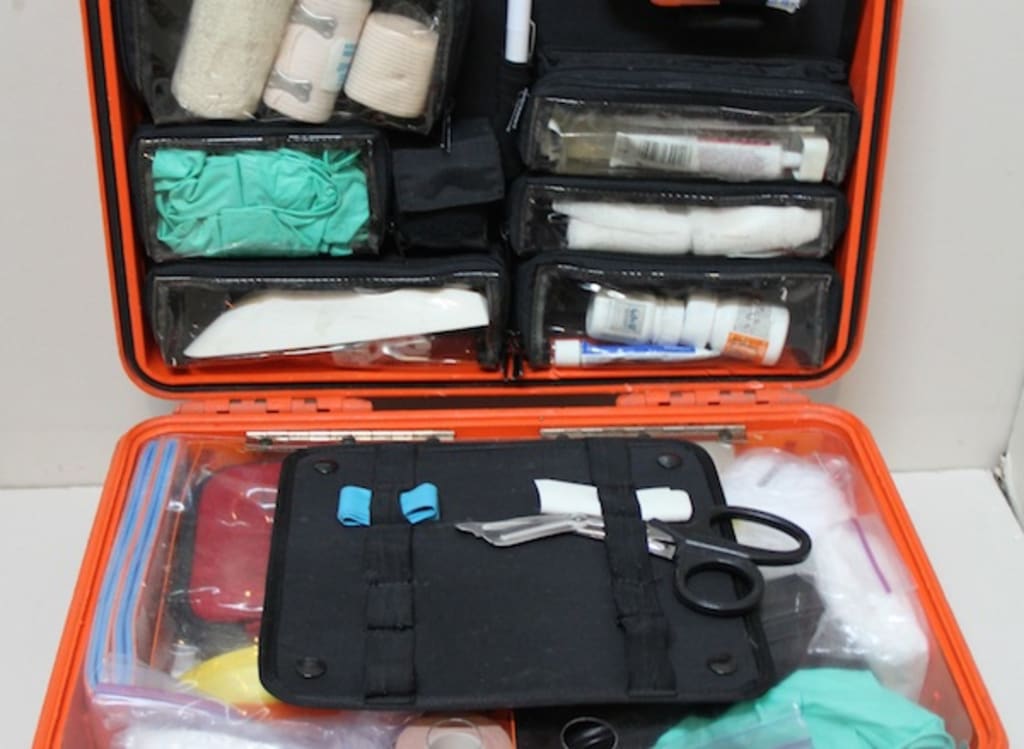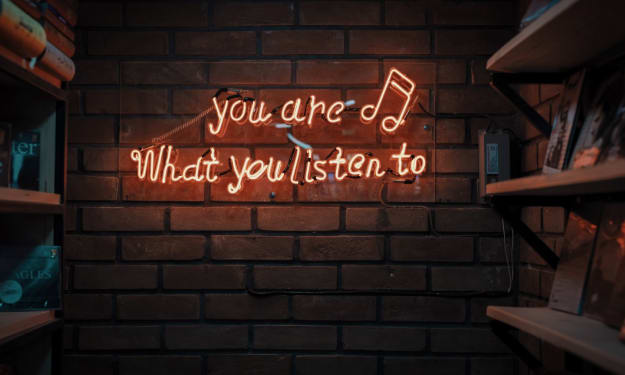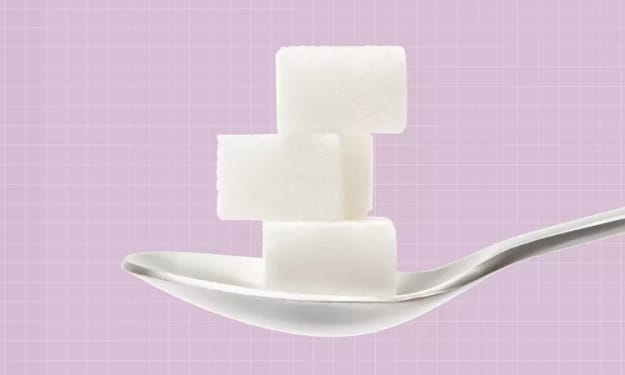
You never know when an emergency could strike—and you might be called upon to deliver emergency care to someone in need. Especially if you’re a parent or in charge of the health and safety of children or adults—but even if you aren’t—it’s essential to be prepared, and your preparation could mean the difference between life and death for an injured person. Here are a few first aid skills that everyone should know.
Stopping heavy bleeding
If someone is bleeding heavily, they will not be able to form a clot—and they could bleed out. You can stop the bleeding by putting pressure on the wound—ideally with a sterile cloth, although you can also use ripped pieces of T-shirt or anything else you have on hand. Raising the wounded limb over the heart will also help to slow down heavy bleeding.
It’s important to recognize the signs of arterial bleeding, as someone with an arterial wound could bleed out and die within minutes. Arterial wounds pulsate as they bleed, and the blood is usually bright red. It is essential to put pressure on the wound right away, add cloth if the cloth you use soaks through, and do not remove the pressure for any reason until medical professionals arrive.
Nosebleeds
Nosebleeds are very common in both children and adults and can be caused by trauma to the nose or simple irritation of the mucus membranes. Do not make a nosebleed victim raise their head or lie down, as this can actually make the bleeding worse. Instead, pinch the nostrils closed for as many as ten minutes, allowing the broken vein in the nose to close.
Hands-free CPR. Nowadays, the American Heart Association doesn’t mandate that everyone learn rescue breathing—all you have to do is put your hands over the victim’s heart and push, to the beat of “Stayin’ Alive” by the Bee Gees. It’s a simple technique that could mean the difference between life and death, and the American Heart Association’s statistics demonstrate this in stark terms. Consider these fact
Approximately 88% of all cardiac arrests happen at home—not in a hospital or healthcare facility, and nowhere near a healthcare professional.
A large percentage of cardiac arrest victims appear perfectly healthy just before their attack.
It takes approximately 8-12 minutes on average for an ambulance to arrive on the scene of an emergency, depending on where in the country you are.
It takes approximately four minutes for brain death to start after a cardiac arrest—with the chance of survival going down dramatically for every minute the victim does not get car.
Bystander CPR could increase the victim’s chance of survival by as much as 300.
Only about 32% of cardiac arrest victims get CPR from a bystander.
If you are ever in a situation where you might have to provide CPR to a cardiac arrest victim, it is statistically most likely that this will happen at home, and the person you save—or don’t save—will be a loved one.
The Heimlich maneuver
Not to be confused with CPR, the Heimlich maneuver is supposed to help someone who is choking on a foreign object. First, ask the victim if they are choking; in an emergency situation, the person will usually not be able to talk.
Stand behind the victim, wrap your arms around them, place a fist between the person’s ribcage and belly button, and place your other hand over the fist. Deliver a quick thrust upward, and keep doing this until the foreign object is dislodged. This technique is only for adults; there is a special technique for children and infants. Knowing the Heimlich could potentially help you save someone’s life as well.
Using an Automatic External Defibrillator (AED)
An AED is the pair of electric paddles that doctors use to restart hearts after a cardiac arrest. They can dramatically improve the survival rate of victims, and luckily they’re easy to use if you’ve had the proper training. Most public places—restaurants, malls, stores, and places of business—have AED’s on the premises, and most CPR training companies offer classes in using an AED.
Treating shock
Shock occurs when there is not enough blood getting to the brain. A victim of shock may feel faint, dizzy, or disoriented; they may also look very pale. Shock usually happens after a serious loss of blood and fluid, or after an infection, allergic reaction, illness, or accident.
To treat shock, have the victim lie on their back with their feet elevated. Cover the person with a blanket and make sure they are warm. Do not let them drink anything, as this could result in choking; move the person on their side if they vomit or bleed from the mouth. Call a doctor immediately!
Hypothermia treatment
When a person is so cold that their core temperature drops to a dangerously low level, their muscular and brain function will be seriously impaired. Symptoms include uncontrollable shivering, bad coordination, drowsiness, or abnormally slow breathing.
First, get a hypothermia victim inside or to a warm place. Help them take off wet clothing, and wrap them in blankets. A hot drink will help their temperature rise, but be sure there is no caffeine or alcohol in the drink.
Knowing the signs of a stroke
While strokes are usually associated with older people, anyone can get a stroke at any time. A stroke is caused by a small blood clot or blockage in the delicate veins that bring blood to the brain, and when a person is suffering from stroke, every second counts.
Signs of a stroke include severe headaches, dizziness and disorientation, numbness or sudden drooping on one side of the body, difficulty seeing out of one or both eyes, and difficulty walking. The symptoms may be sudden and dramatic, or subtle and gradual. To tell if a person is having a stroke, ask them to smile and note if part of their face droops; or ask them to raise their arms and note if the arms are uneven.
You can enlarge the veins a small amount by giving the victim Aspirin while you wait for the ambulance. It’s important to be sure the person does not have an allergy or is not on a medication that might react negatively to the Aspirin ahead of time, however.
Health emergencies can be terrifying—but if you know what to do and react quickly, you can help prevent more serious health consequences for a victim or even save a life. Know these simple techniques, and you may someday be able to provide lifesaving care to a victim of injury, illness, cardiac arrest, choking, or another emergency





Comments
Annee is not accepting comments at the moment
Want to show your support? Send them a one-off tip.